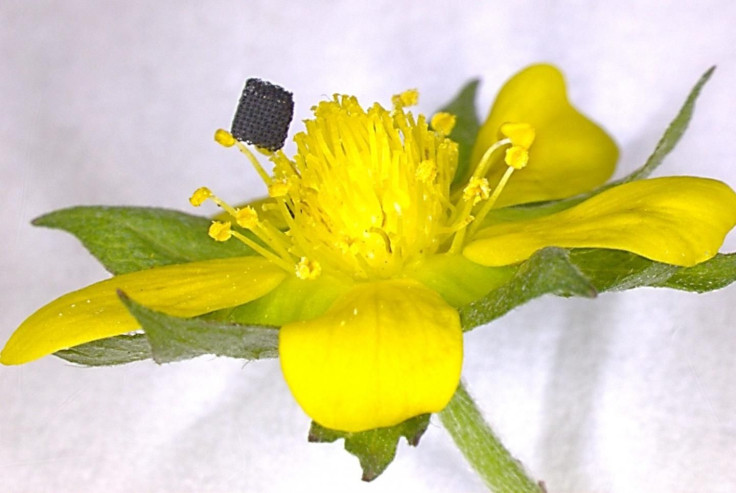3D-Printed Graphene: New Technique Could Create Objects In Any Shape, Size

Engineers have developed a new technique to 3D-print complex objects made of graphene, the semi-metal believed to be the strongest material known on Earth.
With 200 times more strength than steel and high electrical and thermal conductivity, graphene has drawn a lot of attention lately. Scientists believe the material, if produced sufficiently, could lead to the development of improved batteries and sensors, as well as advances in aerospace and related sectors.
However, despite knowing the material and its immense potential, engineers have only been able to print graphene in 2D sheets or basic structures. The sheets retain graphene’s capabilities, but when they’re stacked to form a 3D structure, graphite, the lead in pencils, is formed – a material that doesn’t retain most of the graphene’s mechanical properties.
However, the latest technique developed by researchers from Virginia Tech and Lawrence Livermore National Laboratory enables 3D-printing of fully-capable graphene objects in any shape and size at a magnitude greater than ever before.
"We've been able to show you can make a complex, three-dimensional architecture of graphene while still preserving some of its intrinsic prime properties," Xiaoyu "Rayne" Zheng, one of the researchers involved in the work, said in a statement. "This new design and manufacturing freedom will lead to optimization of strength, conductivity, mass transport, strength, and weight density that are not achievable in graphene aerogels."
Till date, graphene structures were created from a process called extrusion, where the material is pushed through a specialized tool, just like squeezing a toothpaste, to form an object.
"With that technique, there's very limited structures you can create because there's no support and the resolution is quite limited, so you can't get freeform factors," Zheng said. This is where the latest technique comes in.
The idea, as the researchers described, revolves around using graphene oxide – a precursor of graphene – crosslinking graphene layers to form a porous hydrogel. The material is then treated with a range of light-sensitive polymers and 3D-printed to fabricate a solid structure in any shape or size.
The solid structure, with graphene oxide and polymers trapped inside, is finally heated to burn off the polymers and leave a 3D, porous graphene structure called graphene aerogel behind.
"What we did was to get these graphene layers to be architected into any shape that you want with high resolution," Zheng concluded. "Usually when you try to 3D print graphene or scale up, you lose most of their lucrative mechanical properties found in its single sheet form." However, nothing like that happened in this particular case, giving engineers hope that they can now create any desired graphene structure using the same technique.
The study titled, “Additive manufacturing of complex micro-architected graphene aerogels,” was published Aug. 13 in the journal Materials Horizons.
© Copyright IBTimes 2024. All rights reserved.




















